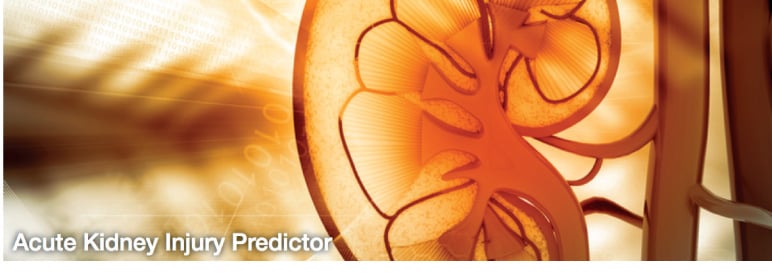ICU Management & Practice, Volume 17 - Issue 1, 2017

Acute kidney injury (AKI), a rapid decline in renal function, is highly prevalent in critically ill patients, and is associated with an increased risk of short- and long-term complications that extend beyond the acute phase (Pickkers et al. 2017). AKI is defined and classified by an increase in serum creatinine or a decline in urine output, both late and non-specific markers of the underlying phenomenon. There is no cure for established AKI, and its management in the intensive care unit (ICU) consists of optimisation of fluid status and blood pressure, avoiding nephrotoxic agents, and the use of renal replacement therapy. Early detection of subclinical AKI could allow for preventive measures, for earlier or more directed therapy, or for a better stratification of patients to design new therapies or interventions that could mitigate the course of AKI. The role of early biomarkers of structural kidney damage, such as neutrophil gelatinase-associated lipocalin (NGAL), or the combination insulin-like growth factor-binding protein 7 and tissue inhibitor of metalloproteases 2 (IGFBP7/TIMP2) to guide AKI management is currently unclear. Biomarkers are expensive, and the subgroups of patients that would benefit most from follow-up with biomarkers have yet to be identified.
We have developed clinical prediction models for AKI, based on routinely collected patient data (Flechet et al. 2017). The models have been developed and validated in a large multicentre database, using a random forest machine-learning algorithm, which makes optimal use of all data. They have been made available for free as an online calculator (http://akipredictor.com). The AKIpredictor calculates the risk of developing AKI within the first week of ICU stay, for critically ill patients in the early stages of their ICU course, as clinical information becomes available: before admission, upon admission and after the first day. The performance of the models was excellent, and we were able to demonstrate that the ICU admission model outperformed serum NGAL, but also that the model could be combined with the biomarker.
The AKIpredictor has the potential of becoming
a rapid screening tool for critically ill patients, because it is cheap,
accurate, and does not require additional data beyond what is already collected
routinely. We hope that online access to the AKIpredictor will encourage
research groups to collaborate with us, to improve, and to further validate the
models. Obviously, the potential clinical benefit of this tool still needs to
be demonstrated. Early risk assessment could be key to detect subgroups of
patients that might benefit from certain interventions, to be included in
clinical trials, or to select higher-risk patients who might benefit from additional
follow-up with new biomarkers such as IGFBP7/TIMP2, especially if combining them
would boost the predictive performance of both. As such, the AKIpredictor could
be a useful aid for tailored stratification of patients, and maybe a step
towards personalised medicine for AKI.
References:
Flechet M, Güiza F, Schetz M et al. (2017) AKIpredictor, an online prognostic calculator for Acute Kidney Injury in adult critically ill patients: development, validation and comparison to serum neutrophil gelatinase-associated lipocalin. Intensive Care Med, Jan 27. [Epub ahead of print]
Pickkers P, Ostermann M, Joannidis M et al. (2017) The intensive care medicine agenda on acute kidney injury. Intensive Care Med, Jan 30. [Epub ahead of print]







